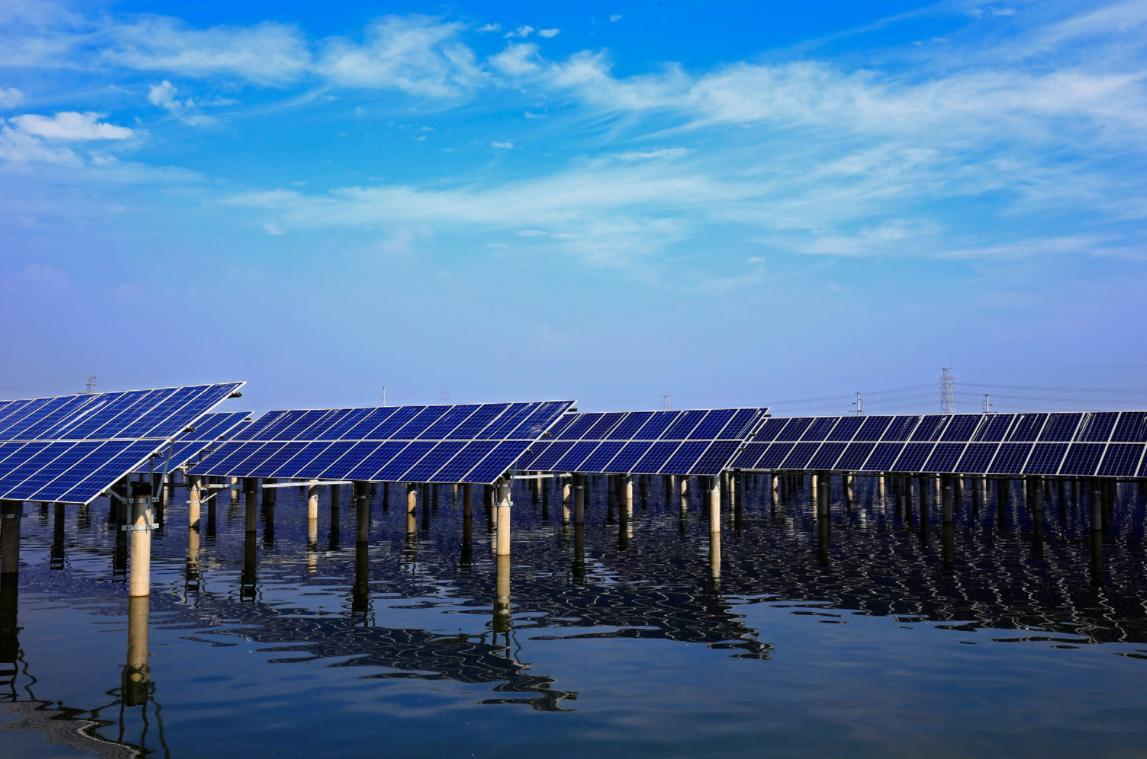Each January, the annual CES (Consumer Electronics Show) Conference is held in Las Vegas, hosted by the Consumer Technology Association. This year’s event put a spotlight on many types of technological innovations in a variety of sectors, but there’s one specifically in the solar industry that got many people buzzing: solar shingles.
Many news outlets, from TechCrunch to CNBC to the Washington Post, are sharing articles and information about solar shingles and how they could be the future of solar. And while this development is exciting, it’s important to take a closer look at these types of buzzworthy items to find out if they live up to the hype.
Learn more about solar shingles as well as three other innovations in solar to watch.
1. Solar Shingles
As of this past Monday, Jan. 3, one of the U.S.’s largest roofing companies launched a new product to consumers: solar shingles.
“What we’ve done is we’ve created a shingle that has solar properties,” said Martin DeBono, president of GAF Energy, which is a sibling company of GAF, a roofing manufacturer with a network of more than 10,000 contractors across the country. “While someone is getting a new roof, we can offer them a solar roof.”
Solar shingles may appear to have many benefits, which is part of the reason for all the hype coming out of CES 2022. As they look like regular shingles, a customer who is getting a new roof could customize the shape, size, and design of the shingles in order to complement their home. Solar shingles can also be more durable than regular shingles, and the fact that they can produce electricity is certainly a plus. When compared to a roof replacement with regular shingles, solar shingles are extremely cost competitive.
However, solar shingles aren’t without their flaws. First of all, while they may be cost competitive when compared to a brand new roof, they are quite expensive compared to the cost of installing “regular” solar panels. Additionally, not all roofs are compatible with solar shingles; solar panels, on the other hand, can adapt to almost any type of roof.
And while many solar panels in today’s day and age can reach 22-23% efficiency, solar shingles sacrifice some of that efficiency and energy production for their aesthetic appeal. Many are only able to reach 14% efficiency. Those with small roofs may not be able to produce enough energy to make it worth it.
Solar shingles could be an innovation that continues to grow throughout the year and the years to come, but in their current iteration, they may not be right for everyone — regardless of the hype.
2. “Flotovoltaics”
When you think of solar panels, you probably think of them as being located in two main places: on a roof or building, or on a plot of land. At KC Solar, we’ve done both types of installations for our customers. But it turns out a new location for solar panels may be on the horizon — solar panels that float on water.
Dubbed “flotovoltaics” — a portmanteau of “float” and “photovoltaics” — these solar panel arrays are installed on a body of water. Whether it’s a lake, a pond, a reservoir, or even the ocean, flotovoltaics could offer energy efficiency along with other benefits.
First, they don’t need the same amount of land or real estate that traditional solar arrays require, and it can even be less expensive to install these panels. In fact, the power production capabilities of flotovoltaics could be even more efficient due to water’s cooling effect on the system.
And these floating panels can even have positive impacts on the water surrounding it. As a magnet for sunlight, it can prevent excessive evaporation as well as lower the production of noxious algae which can reduce water treatment costs.
3. Solar Fabric
Solar Fabric is exactly what it sounds like … it’s like solar panels, but in fabric form. There are many companies around the world pioneering this type of technology, and it’s not hard to see the benefits that can come from solar fabric.
While it may be less efficient than traditional solar panels, there are plenty of other factors that make it appealing. Not only is it lighter and more flexible than large glass and metal panels, it can also be more consistent when it comes to capturing sunlight — it’s not affected as much by gray or cloudy days.
Solar fabric isn’t available on the market yet as it’s still in the design and testing phase, but the materials have been proven to have the ability to produce power. Thinking about the different ways solar textiles could be used and integrated into different fabric items for everyday life, such as curtains and clothing, certainly makes it an innovation to watch.
4. Solar in Space
Space travel got the kind of press it hadn’t seen in a while during the latter half of 2021.
Amazon founder and richest-person-on-Earth Jeff Bezos took a trip to space in August; Star Trek actor William Shatner followed in October. And as the world turned their attention to the sky once again, talk about solar in space began ramping up. Why?
Because the sun never sets in space.
In August, American real estate developer Donald Bren announced that he and his wife had donated more than $100 million to the California Institute of Technology over the past decade in order to fund photovoltaic power from orbit. Those on the Caltech Space Solar Project have shared their intention for a first launch of their test array in late 2022 or early 2023.
Start Your Switch To Solar Today
If you are looking for the best solar company in Kansas City, look no further than KC Solar. They are your local Kansas City solar panel installation experts. Once you schedule a no-pressure site visit, our experts will help you understand what solar system specifications would be best for your home or business.
KC Solar is the only local solar company in Kansas City with KC natives who own and operate the daily activities of the business. What does that mean for you? We care about you because we care about this city, and we only want the best for it.
And be sure to download our Free Solar Panel Buying Guide for more information.
We look forward to serving you!





